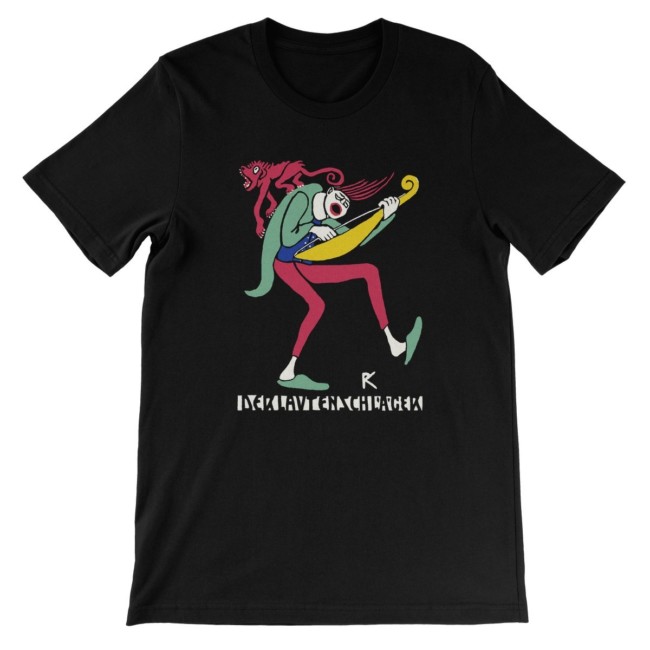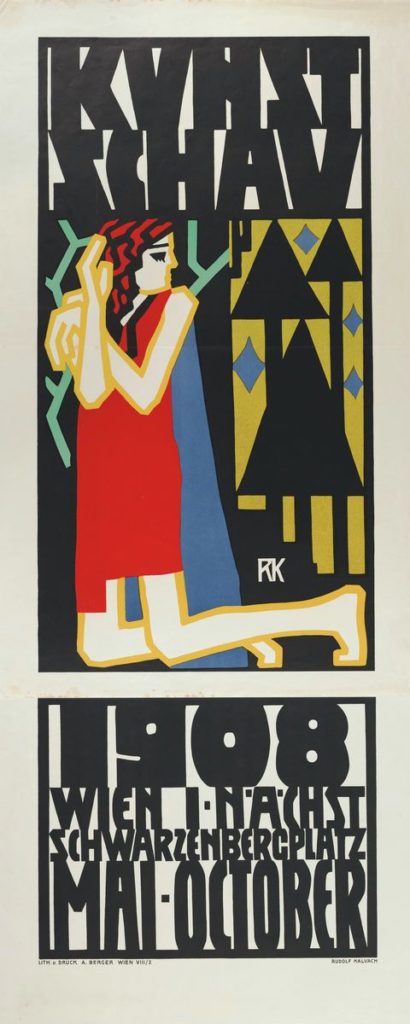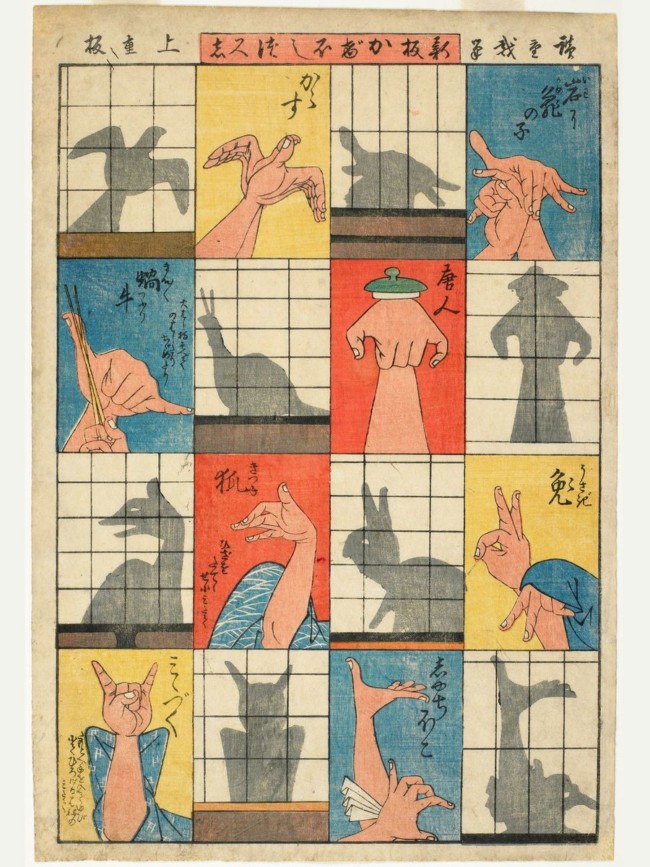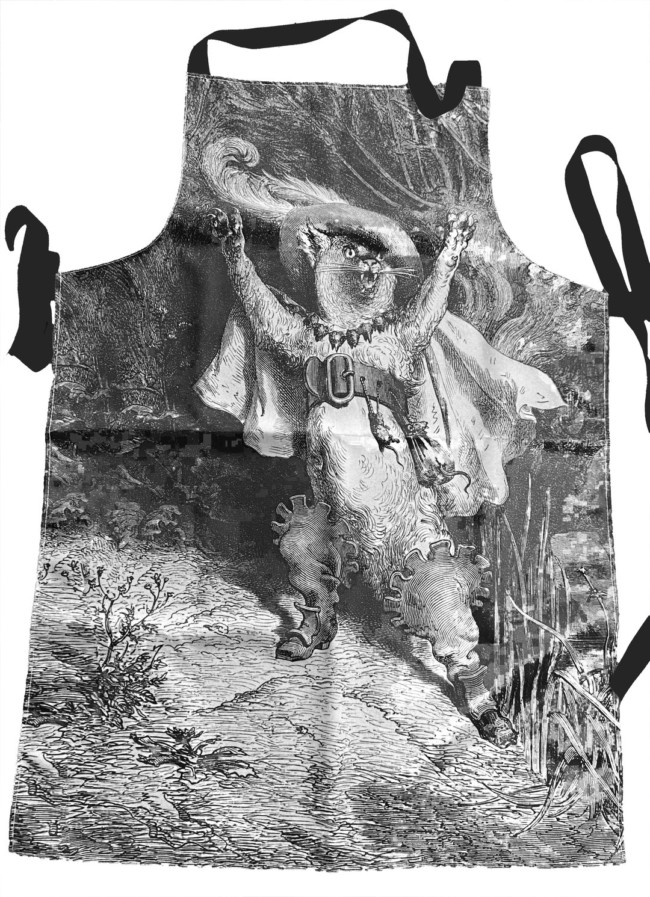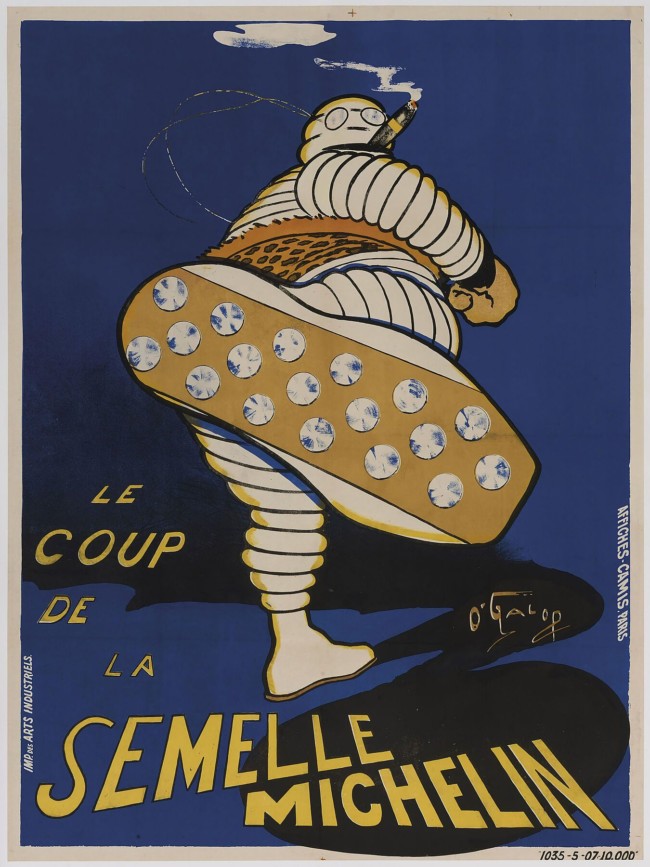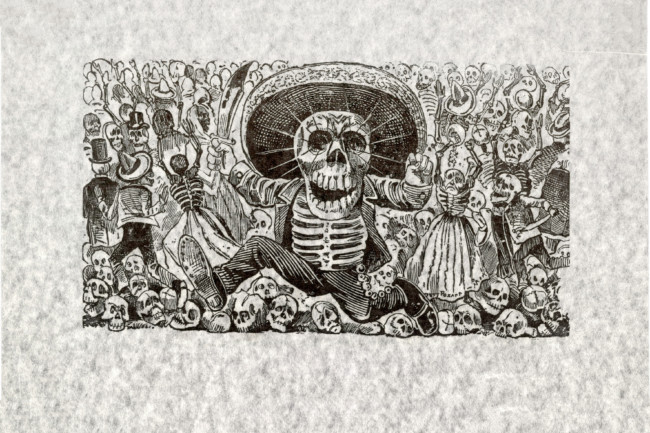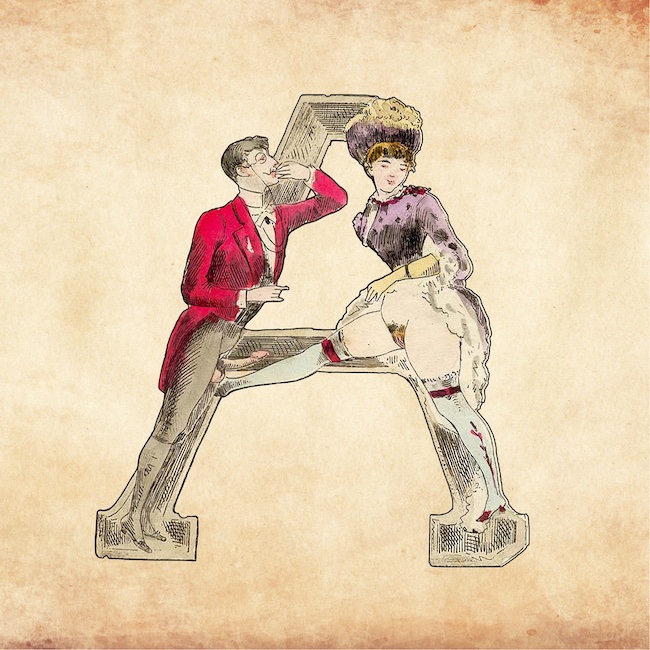Posts Tagged ‘art’
The coolest Wrapping Paper on the web
Over at the Flashbak Shop, they’ve got what might be the coolest wrapping paper ever. With designs by the likes of Ernst Haeckel, Louis Wain, Gustav Klimt and Wassily Kandinsky, your gift will never look better. Never buy boring wrapping paper again. Check out their full range of wrapping paper.
They also have great deal on their gorgeous fine art greeting cards and postcards – buy any 10 or more and get 20% off your total order. Postcards come with a craft envelope, so you can make art part of any gift.
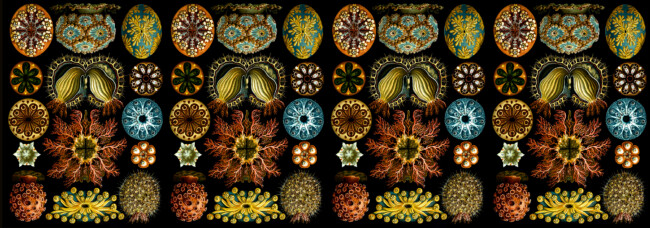
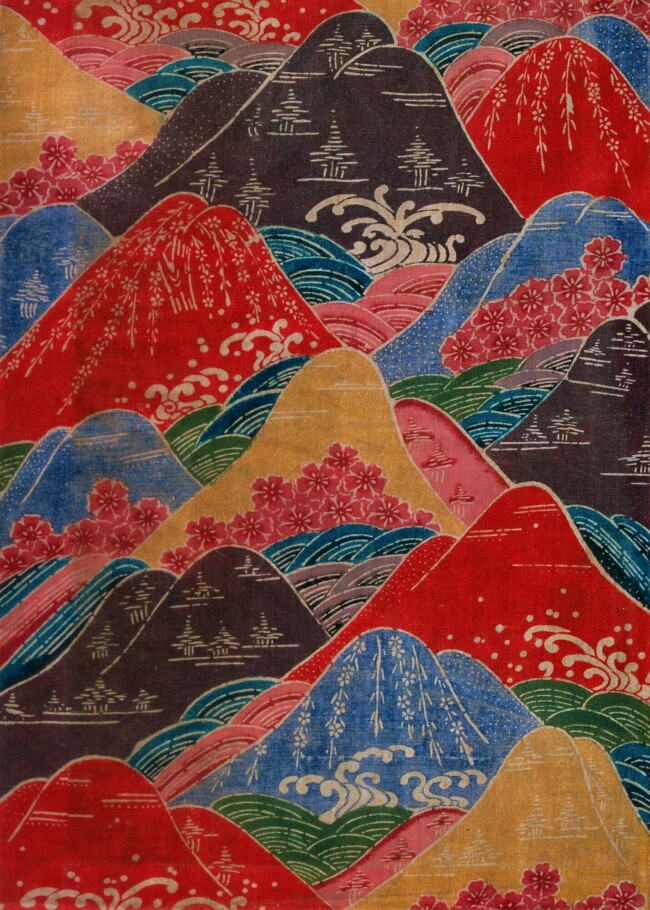
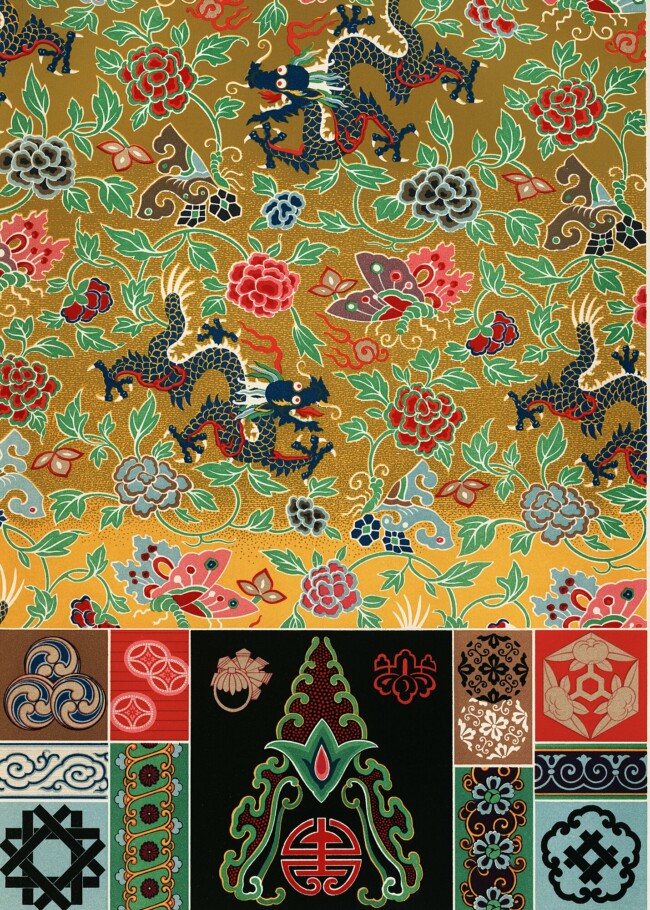
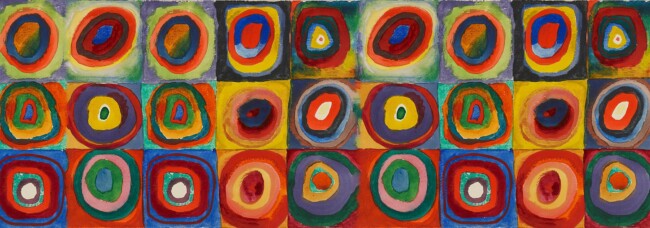
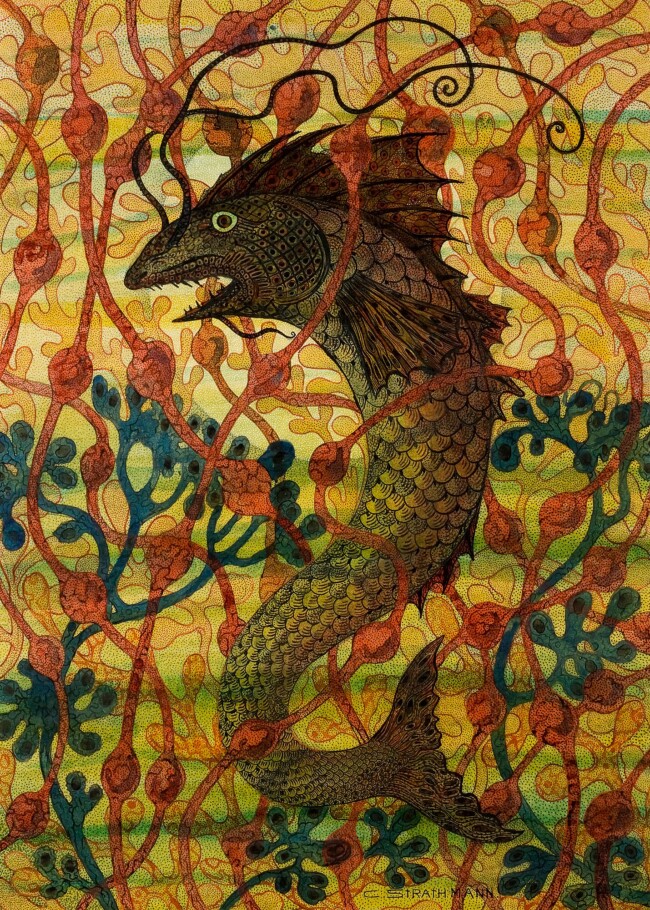
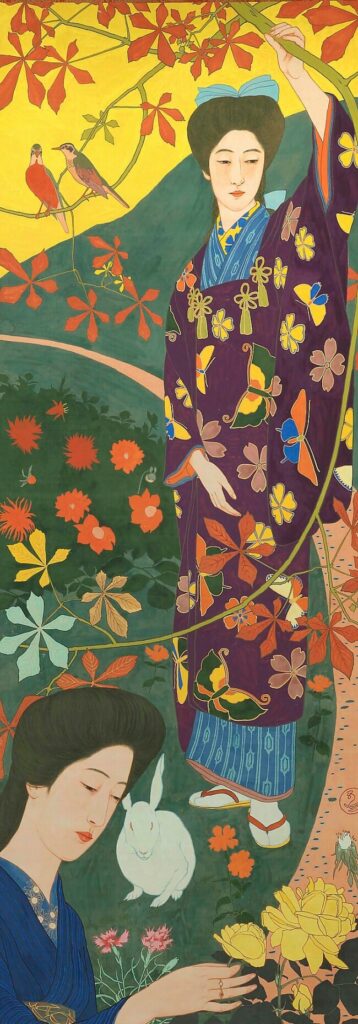
Check out the Flashbak Shop for the coolest wrapping paper ever and much more.
Posted: 8th, June 2022 | In: Key Posts, The Consumer | Comment
William Nicholson’s London Types
William Nicholson designed his ‘London Types‘ in 1898. Printmaker William Nicholson worked in partnership with his brother-in-law James Pryde, under the pseudonym the Beggarstaff Brothers.
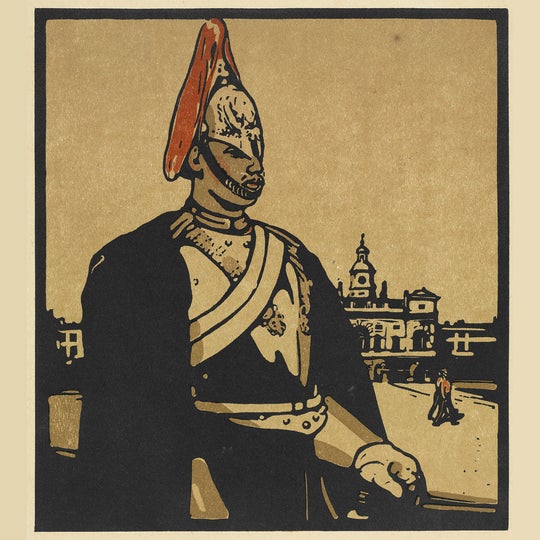
Although not strictly “Cries of London,” some of these characters are familiar from earlier series of prints stretching back over the previous century and, recognising this, Nicholson portrays them as quaint curiosities from another age. In each case, the ironic doggerel by W.E. Henley that accompanied them poked fun at the anachronistic nature of these social stereotypes, through outlining the ambivalent existence of the individual subjects – whether the street hawker displaced in Kensington far from his East End home, or the aristocratic lady at Rotten Row challenged by her suburban counterparts, or the drunken Sandwich-man displaying moral texts, or the fifteenth generation Bluecoat boy at Charterhouse School in Smithfield now moved out to Horsham.
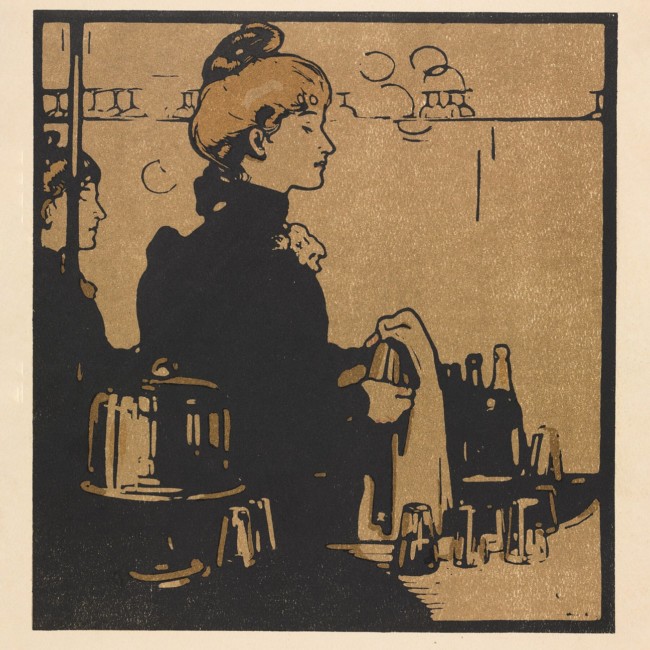
See the full set of prints at Flashbak.
Posted: 5th, January 2022 | In: Key Posts, The Consumer | Comment
Dutch designer Ootje Oxenaar’s handmade replacement book cover spines
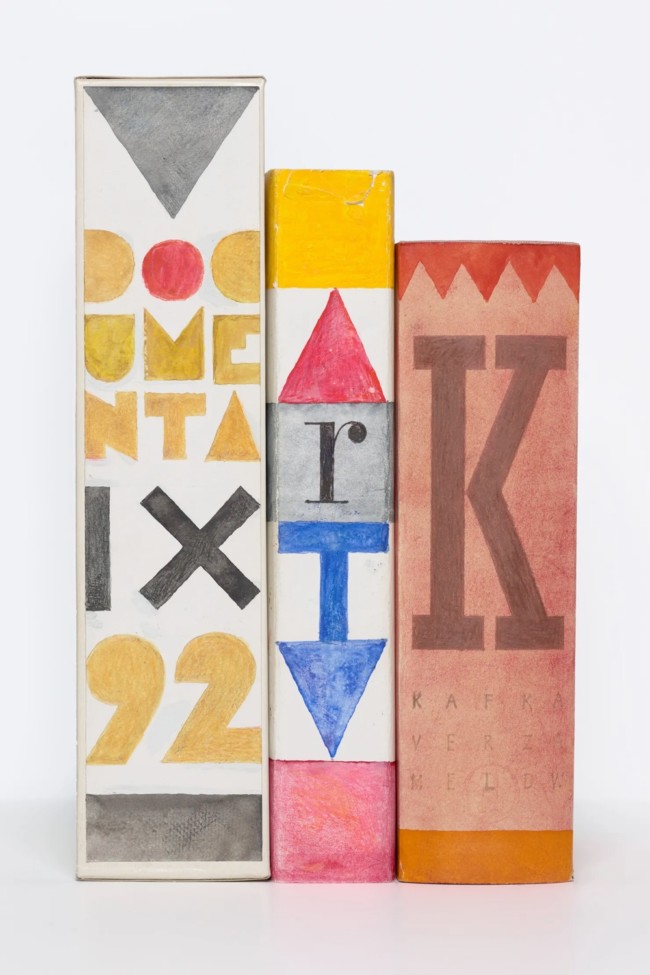
Dutch designer Ootje Oxenaar created replacement book cover spines. You can see them in a new book, Ootje Oxenaar Spines.
Although renowned for his designs for Dutch banknotes and postage stamps, Oxenaar was a prolific designer of book spines. This wasn’t done for commercial publishers, but for books in his own library. When he didn’t care for what he saw poking out from a shelf (or when he needed to procrastinate) he would make his own spine for a book. The result is a fantastic and fantastical mosaic made of tall-and-skinny strips, hand-lettered and drawn with great skill and great whimsy.
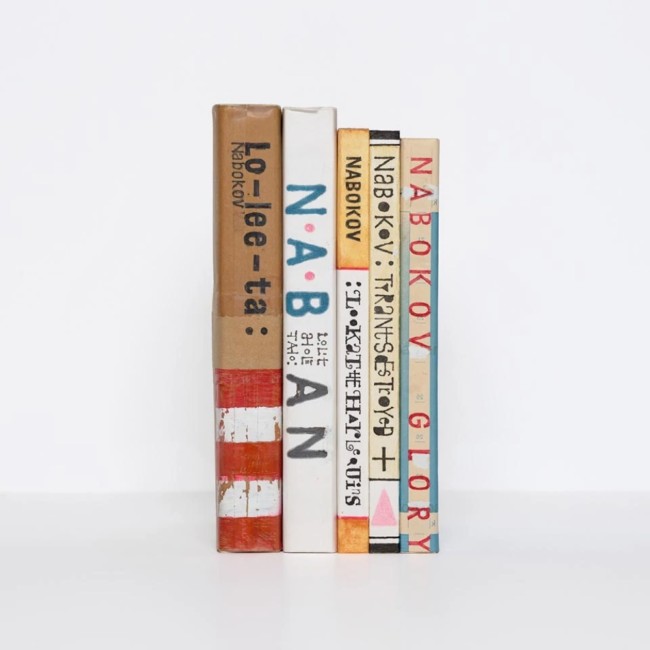
Spotter: i love typography
Posted: 5th, January 2022 | In: Books, The Consumer | Comment
E.A. Seguy’s Butterflies
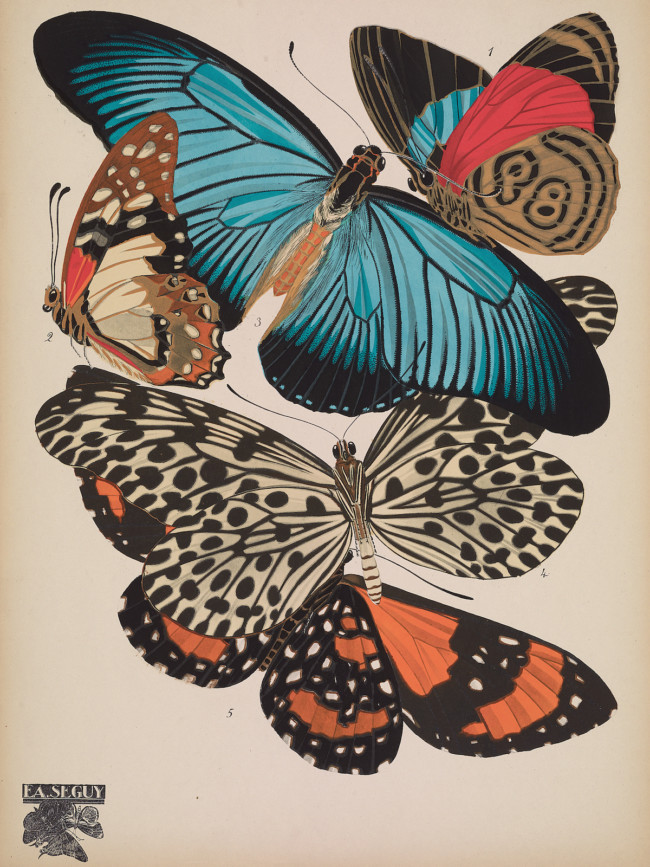
Papillons by E.A. Séguy (Emile Allain Séguy), 1877-1951, was published in Paris in 1925. The work features 81 sublime images of butterflies (papillons) in 16 tableaux.
All 16 plates are now available as high quality prints in the shop – HERE.
Posted: 6th, October 2021 | In: The Consumer | Comment
Killer Sunglasses in a 1837 Portrait
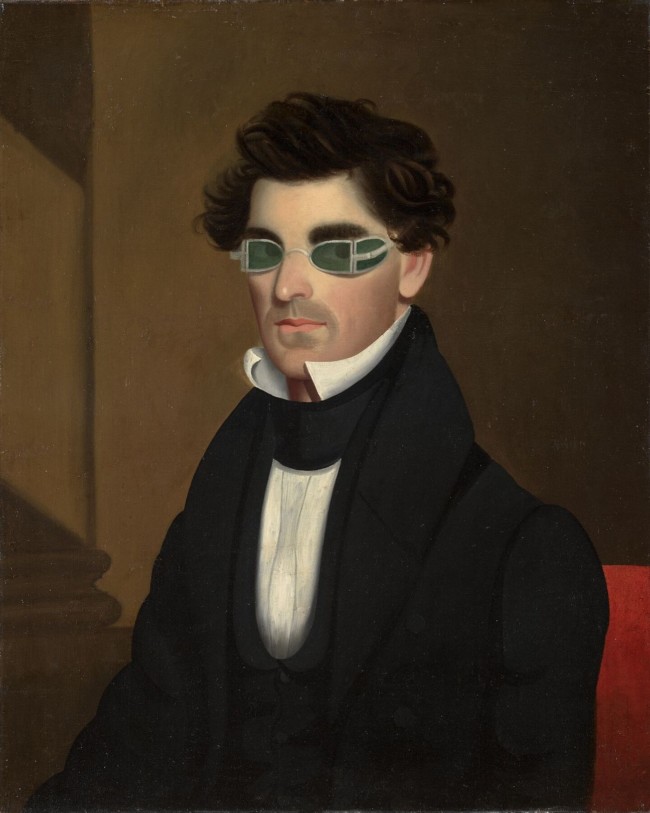
That’s Nathaniel Olds in the killer sunglasses. They weren’t added by photoshop, but were as Olds wore them in 1837 he sat for his portrait by Jeptha Homer Wade (American, 1811-1890). According to the Cleveland Gallery of Art:
The green-tinted spectacles worn by Olds were designed to protect the eyes from the intensity of Argand lamps, a type of indoor light used during the early 1800s. These lamps burned whale oil, and many people worried that its bright flames might damage eyesight.The painter of this portrait founded the Western Union Telegraph Company in 1854 and soon became one of Cleveland’s wealthiest industrialists. His grandson, Jeptha Wade II, was a founder of the Cleveland Museum of Art and donated the land upon which it stands as a Christmas gift to the city in 1892.
You can buy a print of this fabulous picture in the Flashbak Shop.
Posted: 29th, September 2021 | In: Fashion, The Consumer | Comment
Georg Bartisch’s fabulous eye surgery illustrations from the 16th Century
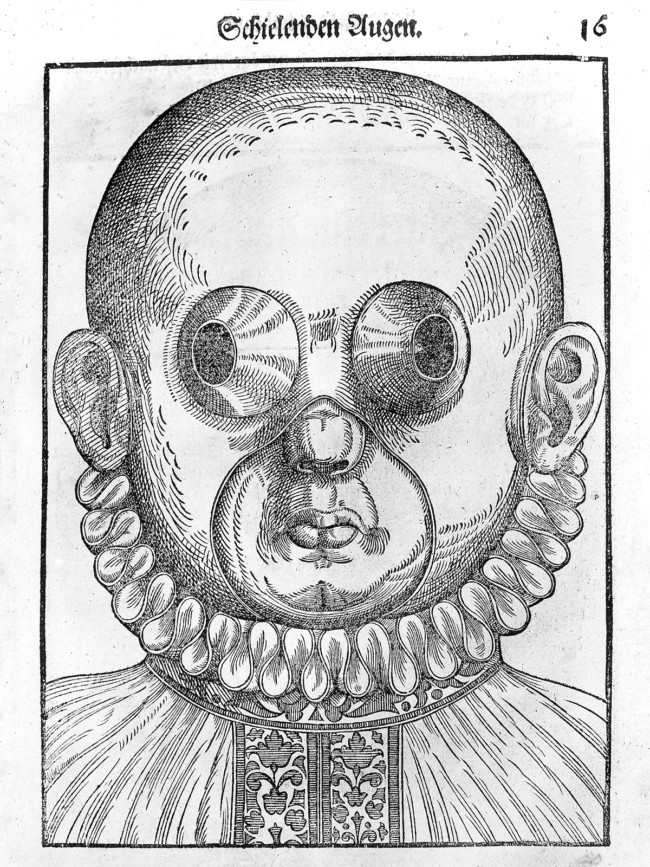
In 1583, Georg Bartisch (1535–1607), a German physician, produced the first Renaissance manuscript on ophthalmic disorders and eye surgery. The book, Ophthalmodouleia Das ist Augendienst, discusses ocular diseases, surgical techniques and instruments, and contained an ophthalmic atlas of 92 woodcuts depicting diseases of the eye. The pick of those illustrations are featured here, and be bought as prints and even T-shirts in our shop.
Posted: 13th, September 2021 | In: Key Posts, The Consumer | Comment
Prints of Kawanabe Kyōsai’s erotic Japanese scrolls

Kawanabe Kyōsai Prints (1831-1889) was a Japanese artist born into the age of feudalism and maturing into the Meiji period, when the country became a modern state. Nicknamed “The Painting Demon”, he became a caricaturist, lampooning the great and good, and later painted ‘makimono’, aka ‘battle of the farts’. He co-created what many consider to be the first manga magazine in 1874, Eshinbun Nipponchi, and later a scroll depicting sex scenes, nudity and people with enormous genitalia. You can buy prints of these and more at the brilliant flashbak shop.

Buy Kawanabe Kyosai prints here.
Posted: 30th, June 2021 | In: Key Posts, The Consumer | Comment
Rudolph Kalvach prints and T-shirts
Rudolf Kalvach (1883-1932) was the Austrian artist whose youthful expressionism made him a mainstay of the Wiener Werkstätte (Vienna Workshop), the group established in 1903 by graphic designer and painter Koloman Moser, the architect Josef Hoffmann and the patron Fritz Waerndorfer. The avant-garde Werkstätte was a composite blend of architects, artists and designers working in ceramics, fashion, silver, furniture and the graphic arts. Kalvach the most vibrant, quirky, satirical postcards, which you can now buy as T-shirts and prints at Flashbak.
More at Flashbak Shop.
Posted: 5th, June 2021 | In: Key Posts, The Consumer | Comment
ASCII pr0n is fine art for museums

How good is ASCII art? Illustrated Phonographic World told its readers about typewriter art in 1893.
The Reporter’s Journal agreed with the Phonetic Journal about “the foolishness of attempting to make sketches by means of typewriters.” Furthermore, the London publication continued, “Some of our American contemporaries indulge largely in facsimiles of this class of work, and this has tended to foster the absurd custom.” Stung by the white glove, Illustrated Phonographic World set out to prove that typewriter sketches were indeed worthy of respect. “We believe that any endeavor which will cultivate painstaking and accuracy on the part of operators should be encouraged,” they wrote. “The endeavor to excel in artistic typewriting unquestionable does this. The pen maketh the exact man; so will the typewriter, which is only the modern pen.”
And ASCII porn, or pr0n? Maybe you’ve seen Deep ASCII, a take on Deep Throat, the now infamous 1972 skin flick, produced by Slovenian artist Vuk Ćosić in 1998. He used software capable of converting the pixels from still and moving images into ASCII. In 2010, a collection of Ćosić’s film clips went on display on the UC Berkeley Art Museum and Pacific Film Archive (BAM/PFA) NetArt online gallery. So ASCII porn is art.
Posted: 31st, May 2021 | In: Technology, The Consumer | Comment
‘I Love You Earth’ – Yoko Ono is here to rescue us one slogan at a time
“I Love You Earth,” states the legend on billboards in London, Glasgow, Liverpool and Manchester. Some advertising hoardings bearing those words are illuminated, so you’d suppose the intention is for the message to be seen night and day. You might wonder what ‘EARTH” is, a new banking app, or perhaps the Covid-19 virus has mutated to such a degree it can now speak and has hired a PR firm to win over the masses, perhaps the company that marketed football’s failed Super League project is in need of new more likeable clients. that billionaire football club owners.
It turns out the message is from Yoko Ono, the “artist and activist”. ‘I love you Earth’ was, as you no doubt know, a song on Ono’s 1985 album titled Starpeace. T
he billboards have been erected by the Serpentine Galleries to mark Earth Day. Organisers of the project tell us the phrase is a “reminder to those who see it to ask themselves, do I love the Earth? How am I expressing that love? Could I do more?” A Serpentine source adds: “As communities across the UK return to public places in our cities, they will be welcomed by Yoko Ono’s powerful positive statement for the planet, I Love You Earth.” Most of us would settle for a pint and a hug with friends and family. But Yoko is there to welcome us from enforced hibernation with a something more vacuous than a Boris Johnson press briefing.
The bigger question might be, when Earth has been setting the agenda in the form of a deadly virus, should we love it or pave it over, as The Beatles did with Penny Lane?
Posted: 22nd, April 2021 | In: Celebrities, News | Comment
Making Japanese prints – a lovely video
Japanese woodblock prints (ukiyo-e) are routinely gorgeous. But how are they made? Master printmaker Keiji Shinohara shows us how in this great video.
Lead image: Eight Shadow Figures, c. 1842 by Utagawa Hiroshige; colour woodblock print , Publisher Jōshūya Jūzō. Minneapolis Institute of Arts. Buy this print.
Spotter: Kottke
Posted: 17th, April 2021 | In: Key Posts, The Consumer | Comment
The best aprons ever are now in the Flashbak Shop
The brilliant Flashbak Shop has introduced a range of aprons. Smarten up your BBQs and suppers with designs by Dmitri S. Moor, Leonetto Cappiello, Gustave Dore and Gustav Klimt.
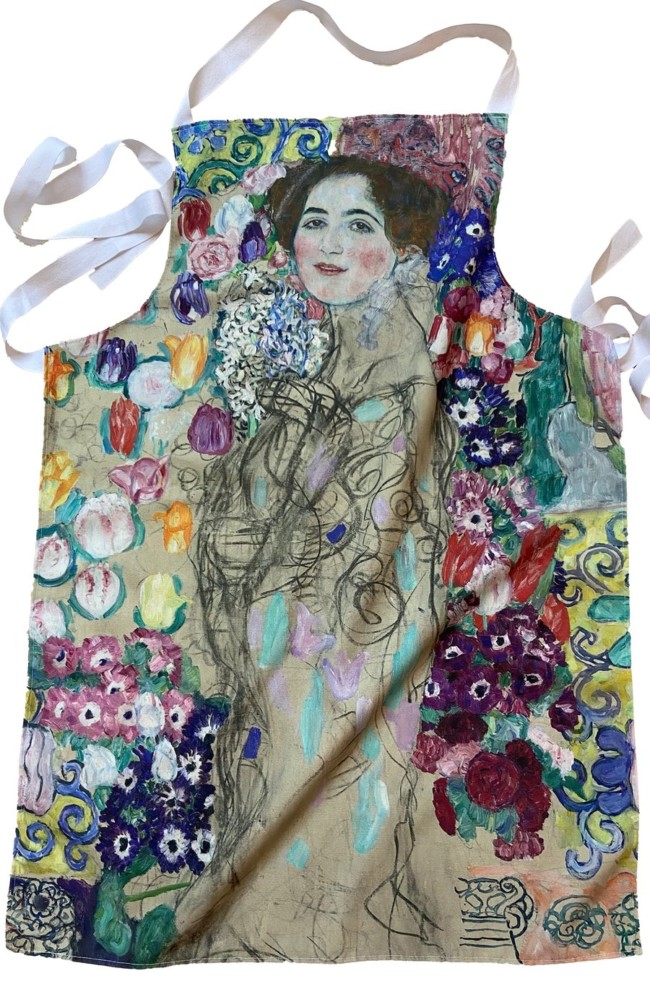
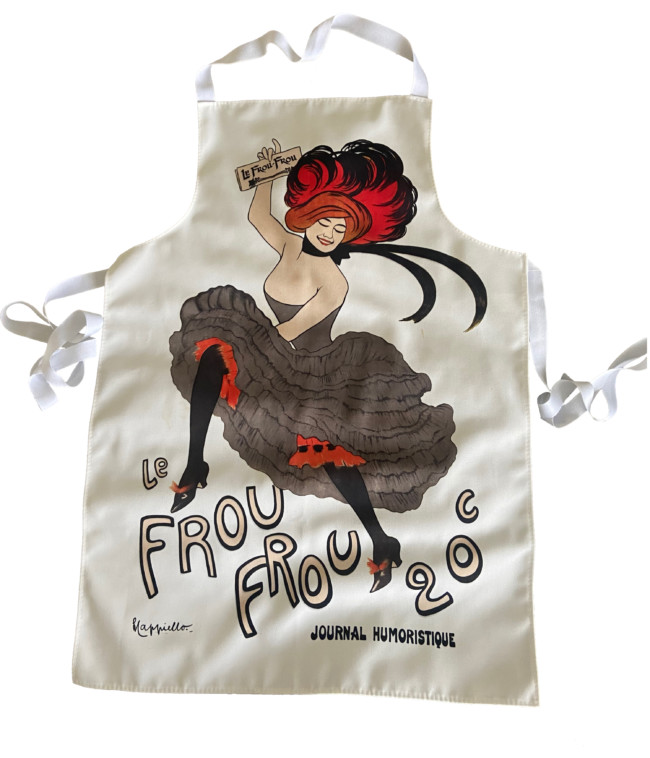
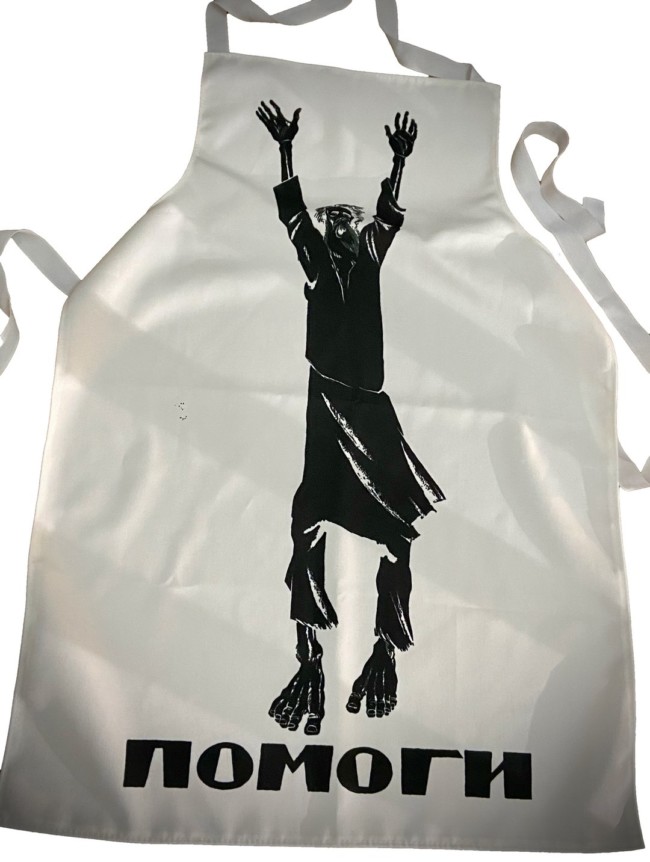
Order your aprons here.
Posted: 9th, April 2021 | In: The Consumer | Comment
Aphex Twin sells Virtual art for virtual fortune
Electronic musician Aphex Twin, aka Richard James, has sold an NFT (non-fungible token) for $127,000 in Ether. The genuine digital artwork called “/Afx/weirdcore,” features an animated version of the artist’s face with sound. Fans will recognise it as harking back to the cover of Aphex Twin’s I Care Because You Do studio album released in 1995.
Says Aphex Twin: “We will spend a portion of the money on planting trees* and either donating to permaculture projects or setting them up ourselves, depending on how much we get.”
*Real trees?
Posted: 16th, March 2021 | In: Money, Music, News, The Consumer | Comment
Prints by Marius Rossillon – O’Galop, the artist who gave us Bibendum
Bibendum, aka The Michelin Man, was created by Marius Rossillon, aka O’Galop (1867-1946).
O’Galop began his career around 1893, drawing cartoons for magazines. He created his first advertisement Michelin in 1898 and would continue creating posters for the company featuring the character until 1911.
O’Galop was born in Lyon in 1867 and died in Carsac-Aillac in 1946.
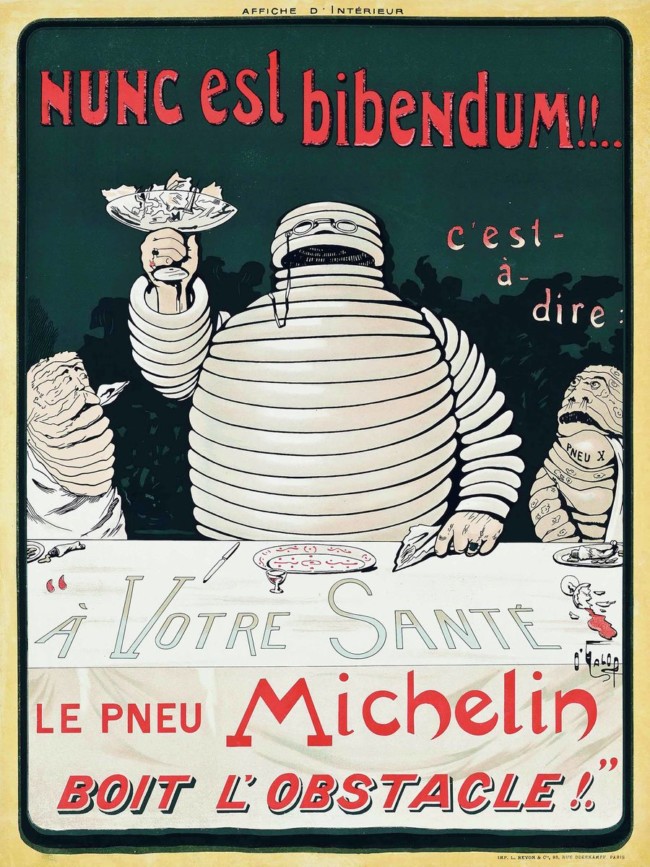
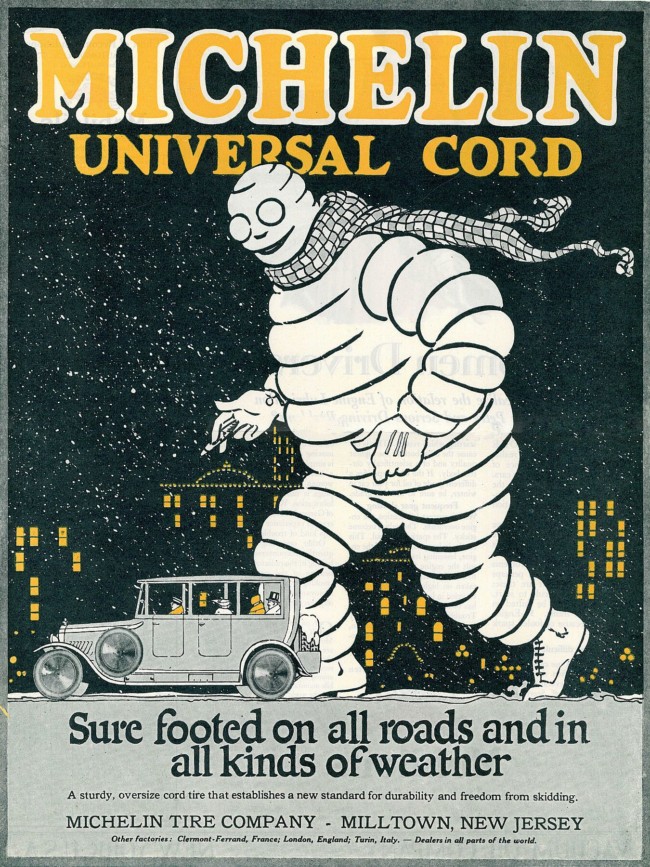
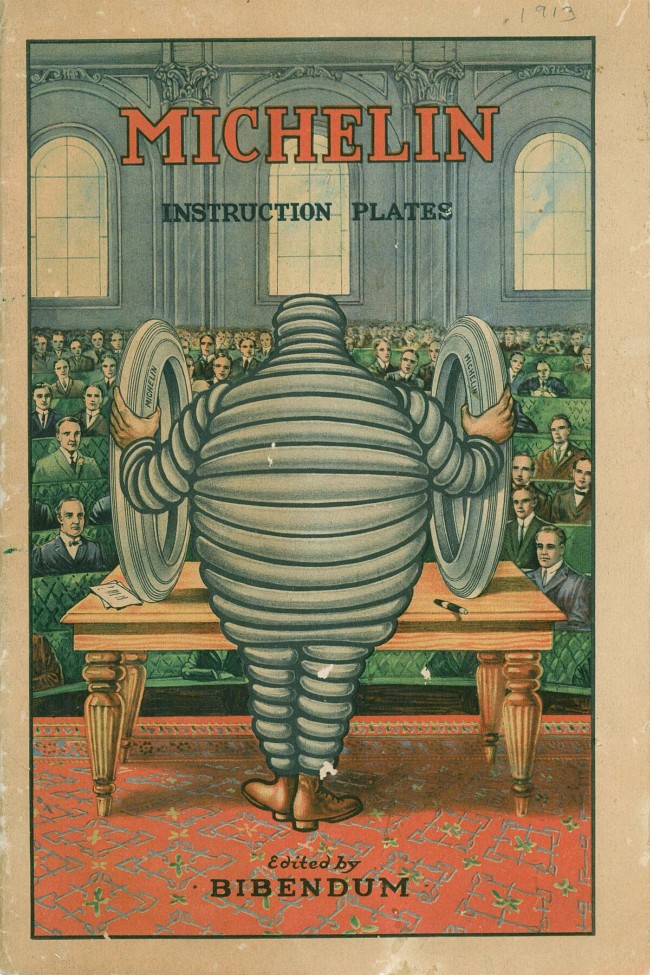
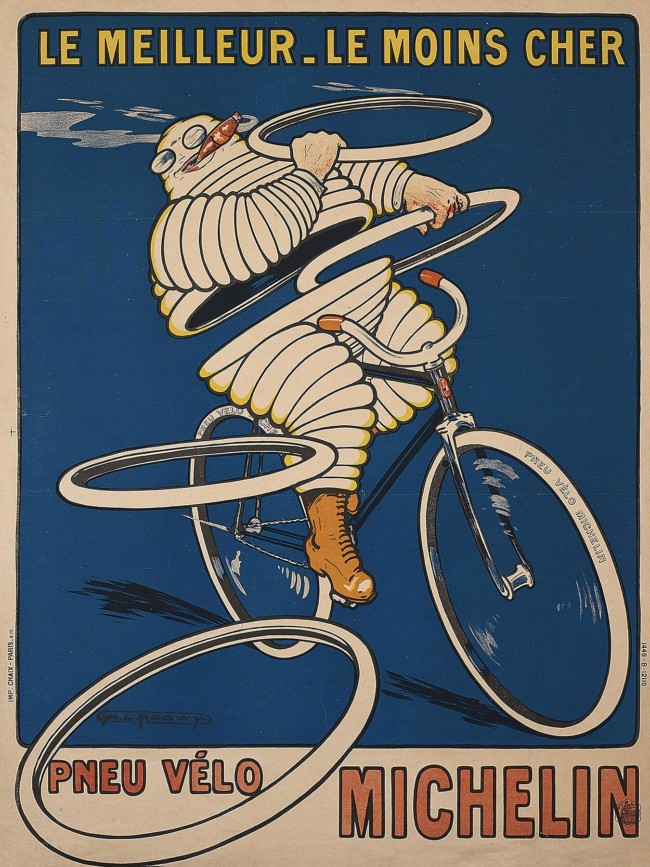
Buy Prints by O’Galop in the Flashbak Shop
Posted: 5th, March 2021 | In: Key Posts, The Consumer | Comment
Saturn Devouring His Son in wool and more classic crochet art by Crochet Creep

Saturn Devouring His Son (Spanish: Saturno devorando a su hijo) by Francisco Goya c. 1819–1823 has been softened up by @crochetcreep.
Spotter: CrochetCreep
Posted: 2nd, March 2021 | In: The Consumer | Comment
How to make a great movie poster
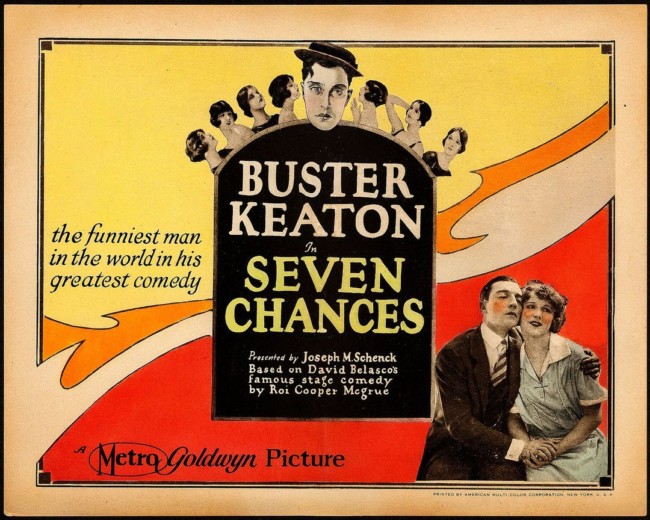
James Verdeso designed the poster for Quentin Tarantino’s Pulp Fiction. In this video he shares a few tips on what goes into making a captivating movie poster.
Sarah Goodridge’s Beauty Revealed (1828) – a statesman’s naked keepsake
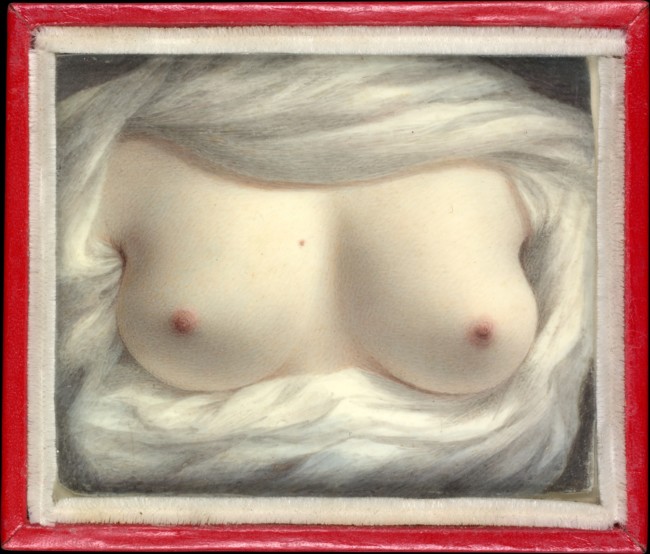
In 1828, American artist Sarah Goodridge (February 5, 1788 – December 28, 1853) gave a miniature portrait of her naked breast to US Statesman and would-be President (he tried and failed three times) Daniel Webster (January 18, 1782 – October 24, 1852).
As Flashbak writes, the miniature is painted in watercolours on a sliver of ivory. It’s wrapped in a blood-red leather case and closed with two clasps.
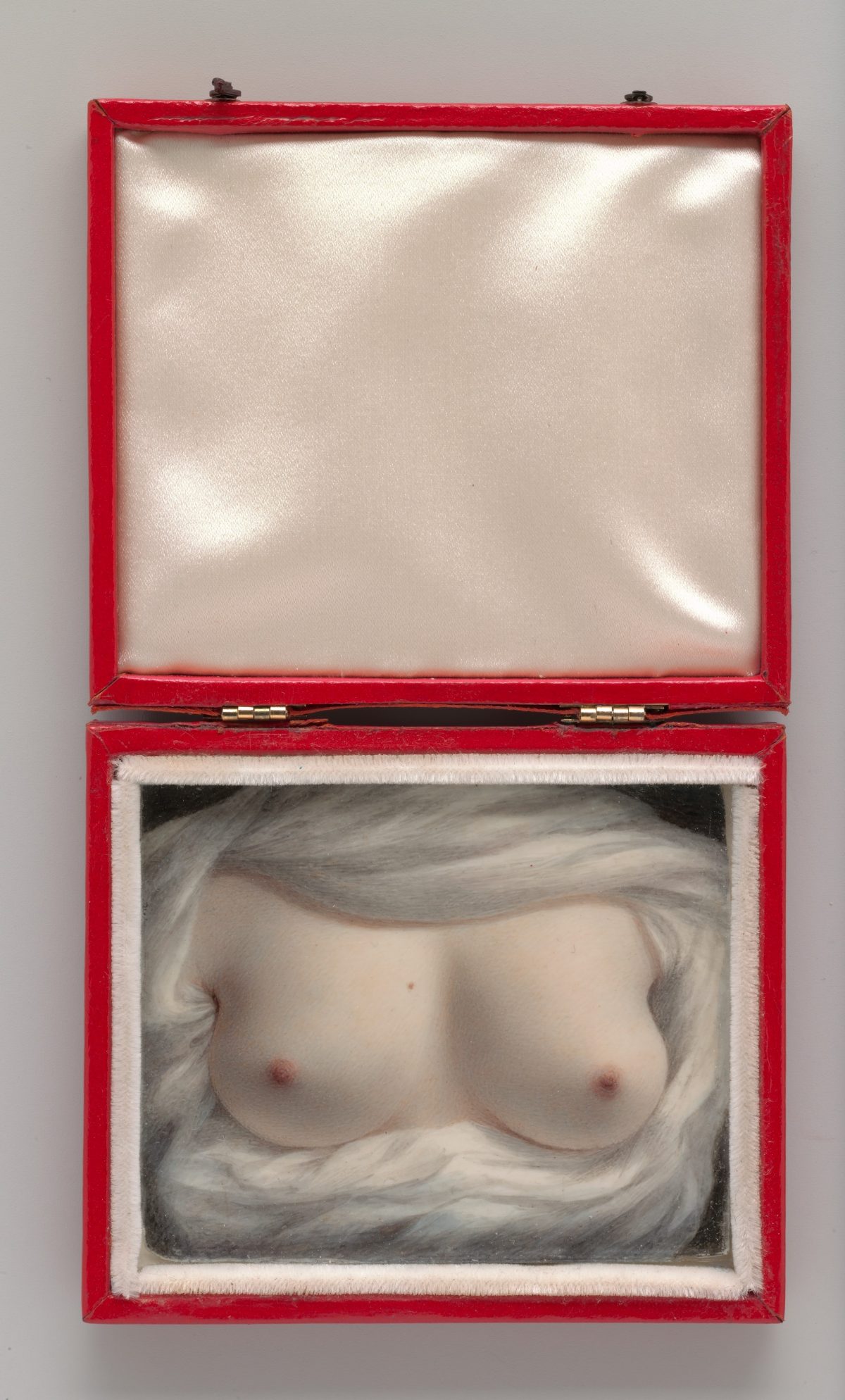
The author John Updike muses on the picture’s meaning in his 1993 essay The Revealed and the Concealed, verbalising the breasts’ message: “We are yours for the taking, in all our ivory loveliness, with our tenderly stippled nipples.”
An early sext, then?
Via: Flashbak. Sarah Goodridge’s Beauty Revealed is at The Met.
Posted: 17th, January 2021 | In: Politicians, Strange But True | Comment
Katsushika Hokusai’s The Great Wave off Kanagawa made with 50,000 LEGO bricks

To make your hobby also your job is the dream. Japan-based artist Jumpei Mitsui is a LEGO Certified Professional. Yeah, he makes objects from Lego for a living. He’s recently recreated Katsushika Hokusai’s woodblock print “The Great Wave off Kanagawa from 50,000 cobalt blue and white LEGO bricks.
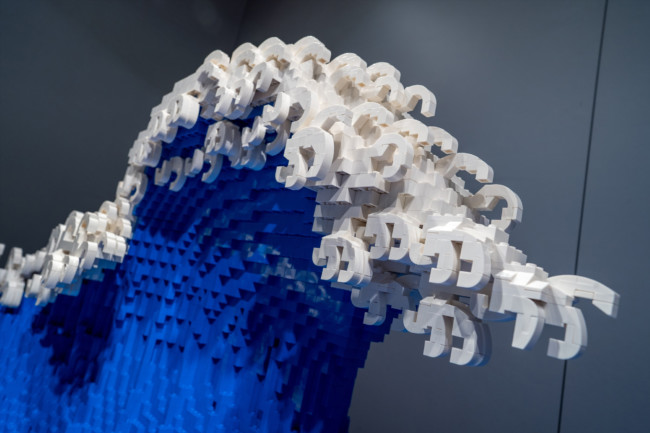
See Mitsui’s wave at the Hankyu Brick Museum.
Posted: 20th, December 2020 | In: The Consumer | Comment
Eugene von Ransonnet-Villez: built a submarine to draw the ocean floor
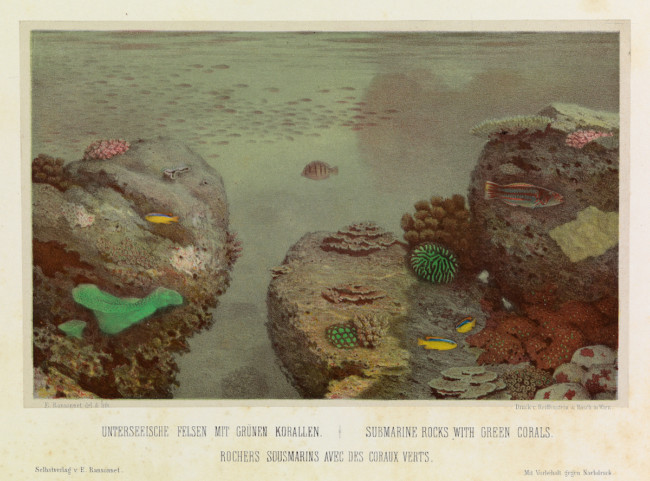
Eugene von Ransonnet-Villez (1838 – 1926) was an Austrian a diplomat, painter, lithographer, biologist and explorer who built a personal submersible and drew what he saw beneath the waves. the sea.
This above image Ransonnet drew sitting in a diving bell in 1864-65 in Ceylon (today Sri Lanka).
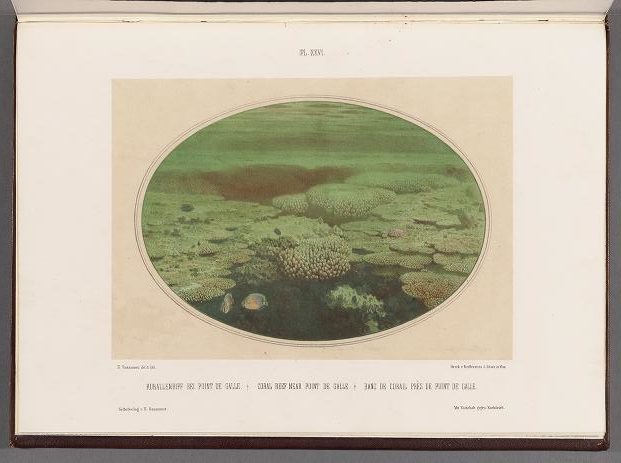

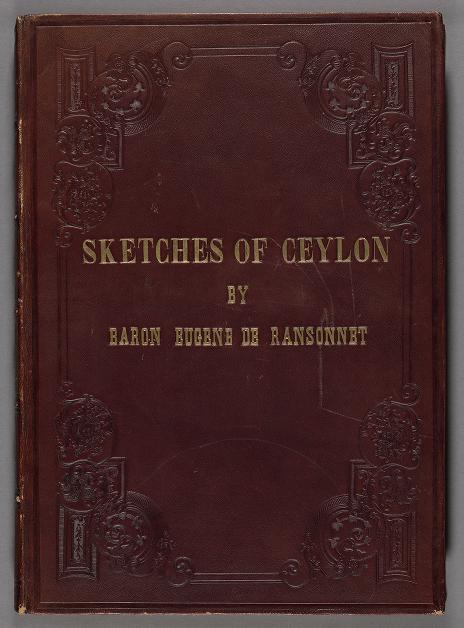
Spotter: flashbak
Posted: 1st, December 2020 | In: Technology | Comment
Day Of the Dead: Buy Jose Posada’s Calavera T-shirts, cards, bags, prints and magnets
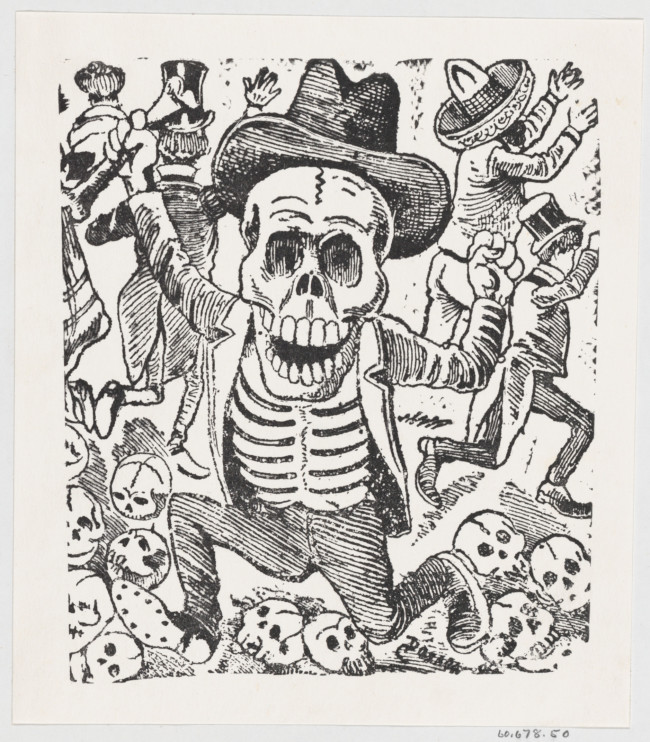
Mexican illustrator José Guadalupe Posada (1851 – 1913) is best remembered for his calaveras, representations of the human skull and skeleton seen in Mexico’s annual celebration the Day of the Dead ( Día de Muertos; October 31st – November 2nd).
Posada began creating calaveras in 1880 for publication in Antonio Vanegas Arroyo’s inexpensive coloured broadsides sold in markets, on the streets and at festivals.
Posada depicted animated skeletons at work, dancing, playing instruments, mourning the dead, illustrating rhyming ballads (corridos) and stories about love affairs. The stories and Posada’s art expressed the social and political concerns of the period. Death lampooned the vain and rich, including Mexico’s dictator Porfirio Díaz. In Posada’s calaveras, shorn of finery, rank and flesh, everyone was equal.
On January 20th 1913, 3 years after the start of the Mexican Revolution, José Guadalupe Posada died penniless. He was buried in an unmarked grave. In the 1920s that his work was rediscovered and hailed by French ex-patriot artist Jean Charlot who described Posada as “printmaker to the Mexican people”.
Flashbak Shop has prints of Posada’s brilliant work, plus bags, terrific magnet sets and T-shirts. Take a look here.





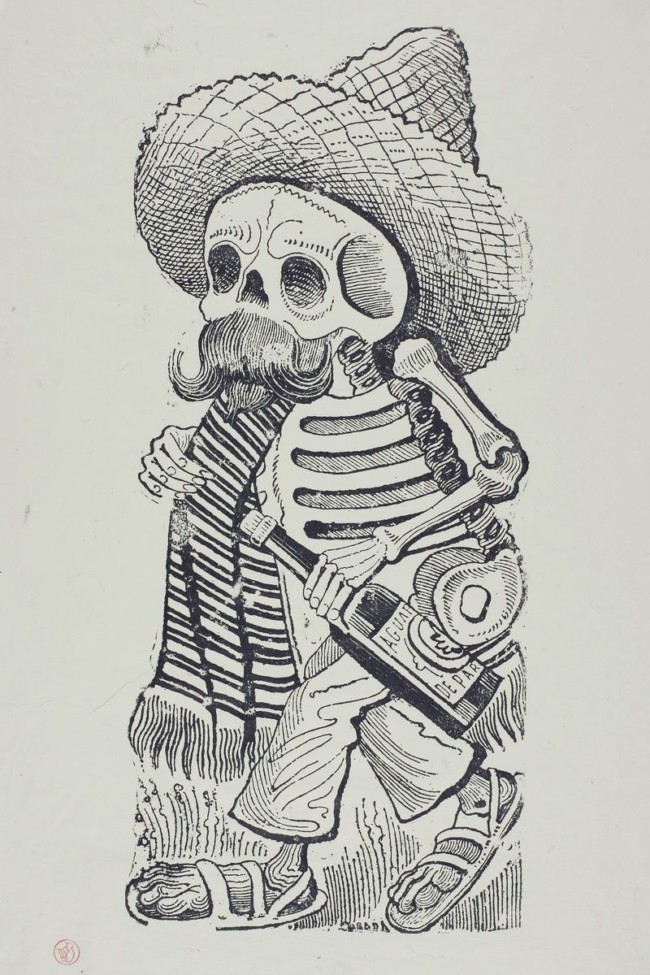
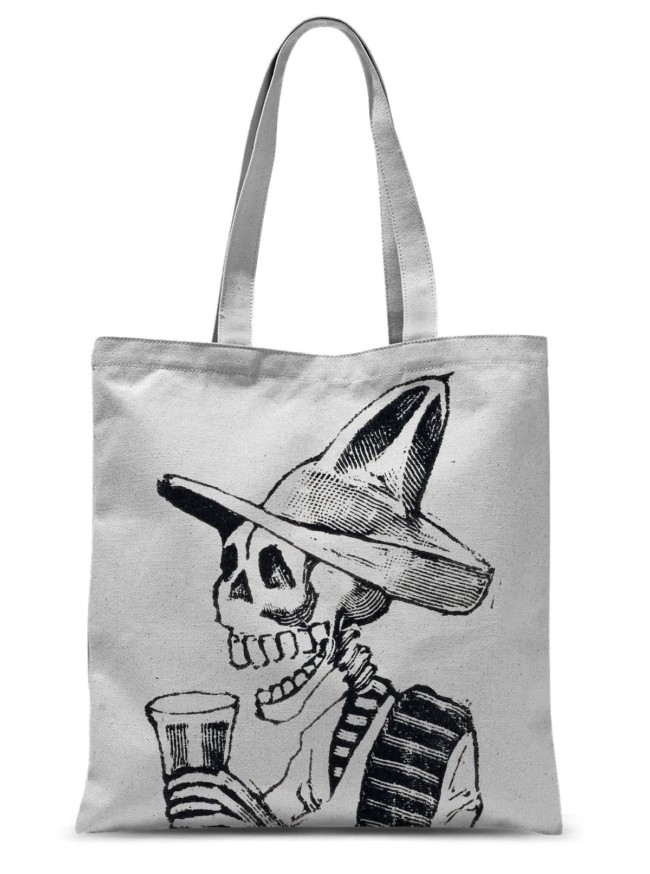
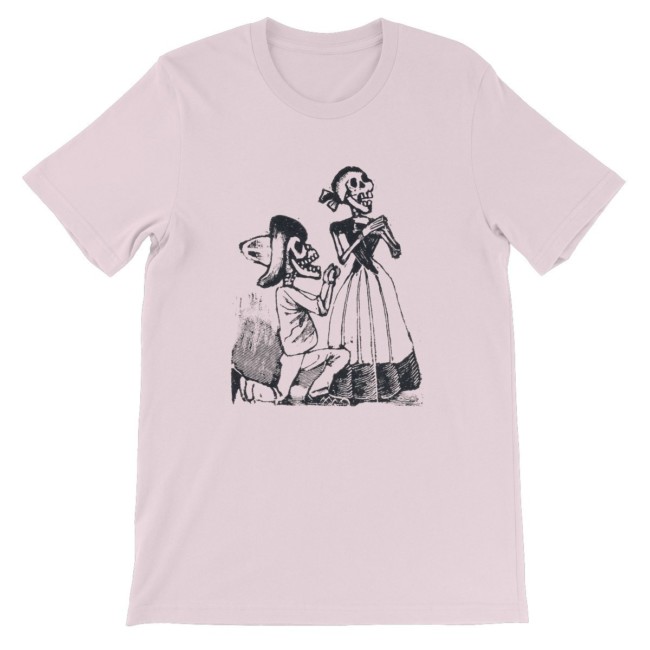
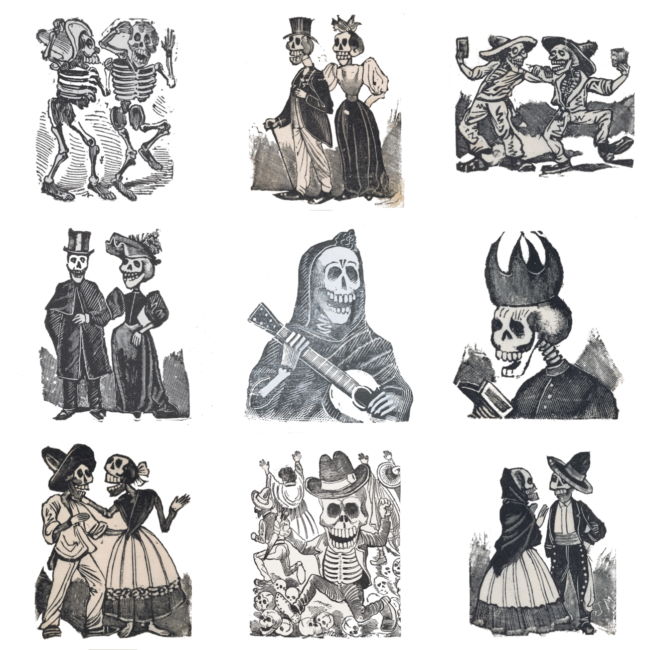
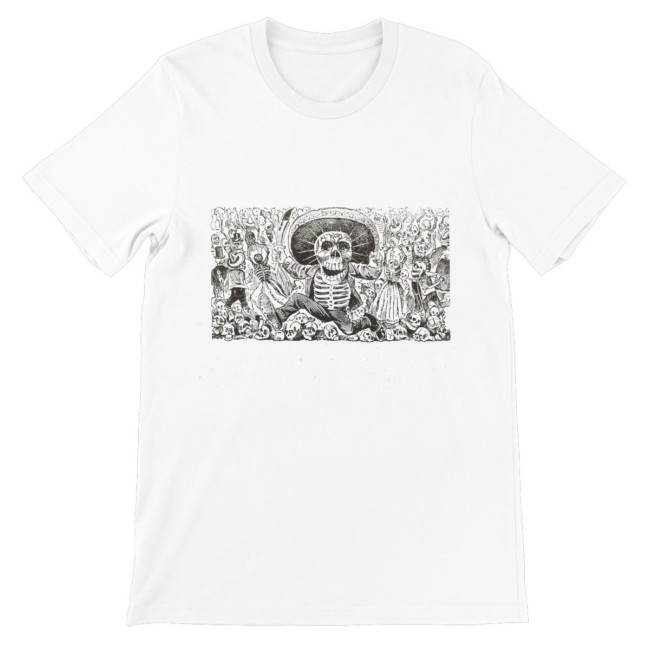
Check out the Calavera items on the Flashbak Shop.
Posted: 11th, November 2020 | In: Key Posts, The Consumer | Comment
Christmas Gifts: 26 Erotic Stickers from Joseph Apoux’s Alphabet Pornographique
Hold the satsuma. Stocking fillers come no fruitier than this collection of stickers featuring all 26 letters of Joseph Apoux’s Erotic Alphabet of 1880. A single print of the French artist’s ‘Alphabet pornographique’ and the A-Z as individual wall art are available as prints on fine art paper. But to customise a skateboard, laptop or book, the stickers are the tops.

The entire sheet measures 14inches square, and individual stickers are just over 5cm square. Two of the prints below give you an idea of how the designs appear as in the flesh. Global shipping is on offer. So you can send them as a gift to anyone anywhere.
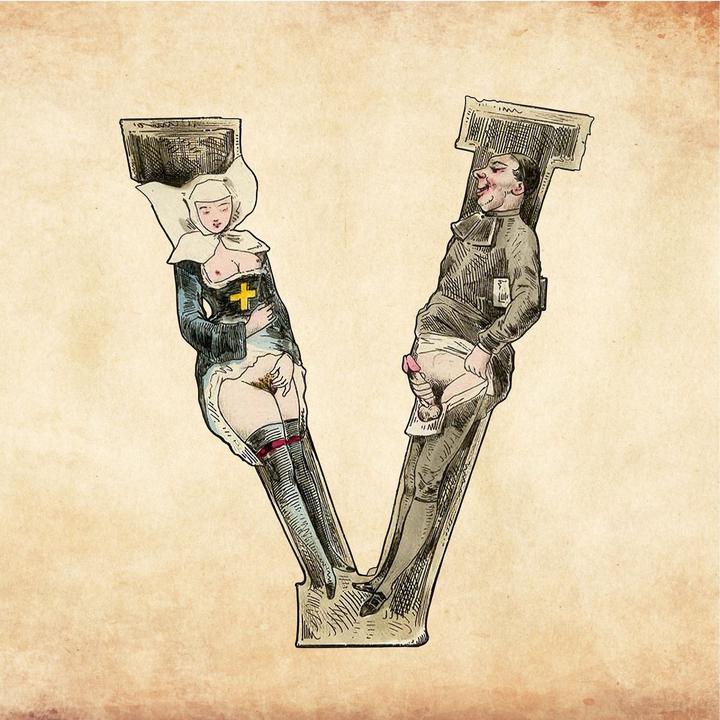
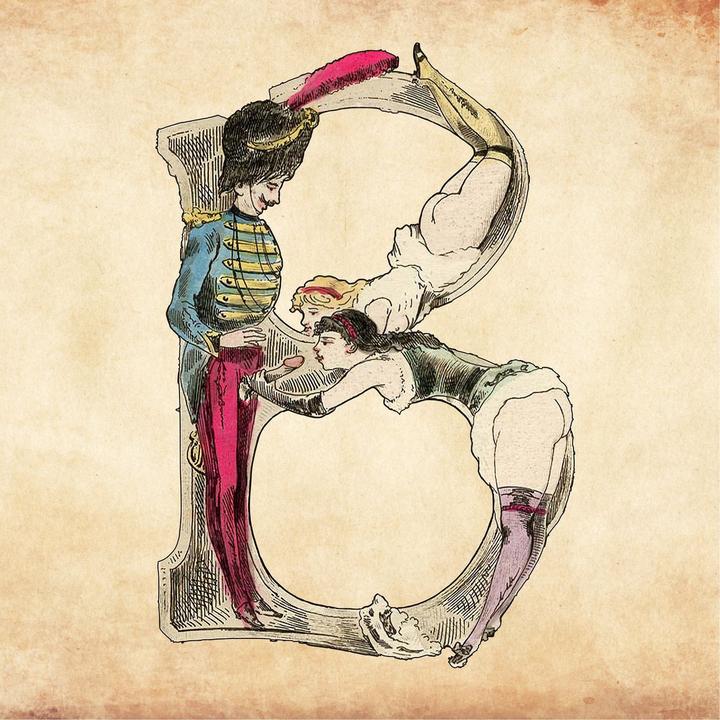
Joseph Apoux’s Alphabet Pornographique and other delights are the Flashbak Shop.
Posted: 25th, September 2020 | In: Key Posts, The Consumer | Comment
Every letter of the Victorian Erotic Alphabet is now available as a print
Stuck for a housewarming gift, anniversary pressie or something to put in the downstairs loo to entertain the guests? Don’t be. You can buy Jospeh Apoux’s fabulous Erotic Alphabet of 1880 as a poster and study all 26 letters as individual prints. Buy two prints to represent the happy couple’s initials, perhaps; three for the ménage à trois; and lots for the orgy (bulk deals available on request).

All the letters are printed on the most gorgeous fine art paper using the best inks.

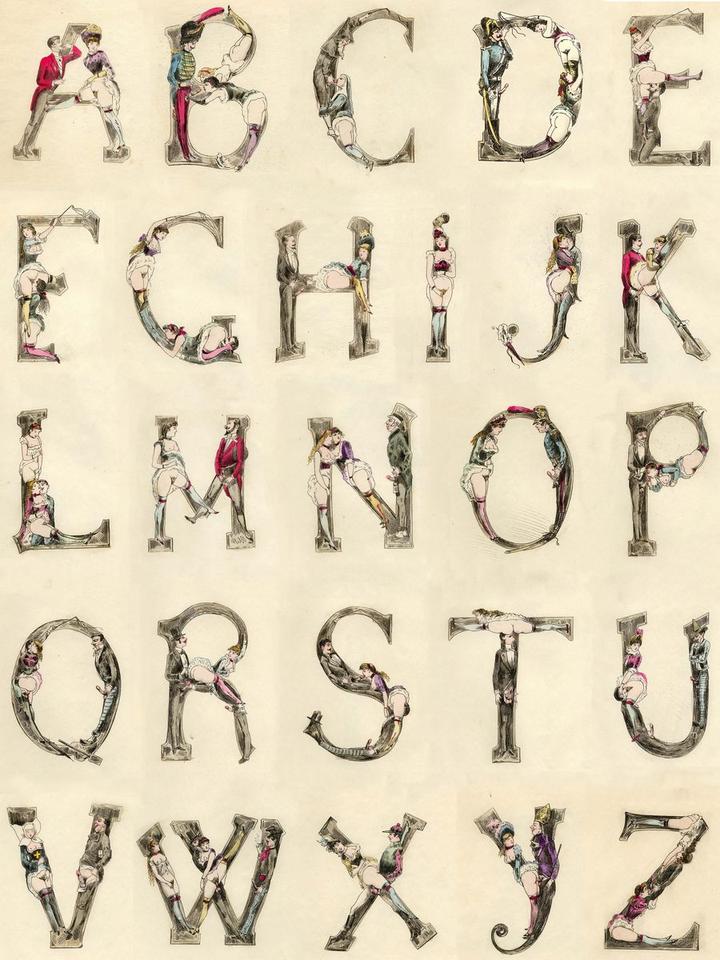

Give them the gift that keeps on giving. See the whole range here.
If you would like to spell out a word, name, slogan or whatever on a T-shirt, bag, card or print, please get in touch here:
The Erotic Alphabet – Cards, Tees, Prints and Totes.
Posted: 15th, September 2020 | In: Key Posts, The Consumer | Comment
Gorgeous art prints by Walker Evans
The brilliant Flashbak art prints shop has a great collection of work by Walker Evans (November 3, 1903 – April 10, 1975). Evans was an American photographer and photojournalist best known for his work for the Farm Security Administration (FSA) documenting the effects of the Great Depression. Much of Evans’s work from the FSA period uses the large-format, 8×10-inch (200×250 mm) view camera. He said that his goal as a photographer was to make pictures that are “literate, authoritative, transcendent”.
Walker Evans set the tone for the American documentary movement of the 1930s and for street photographers of the 1940s and 50s.
See the great Flashbak art prints shop here.
Posted: 23rd, June 2020 | In: The Consumer | Comment



